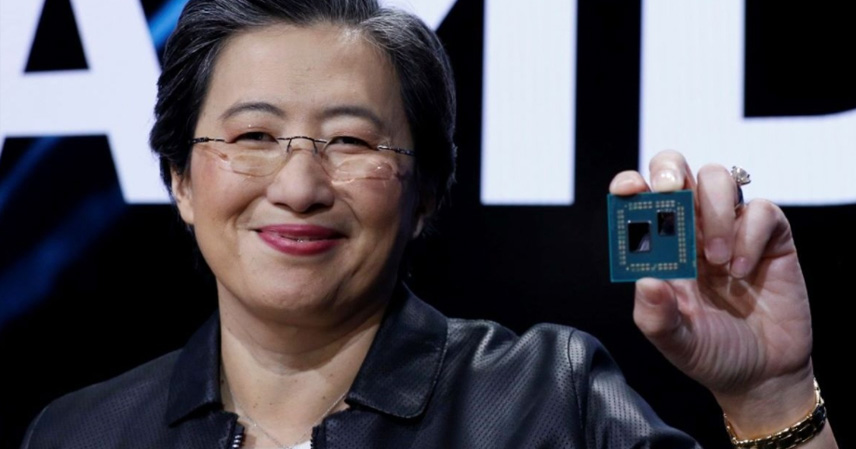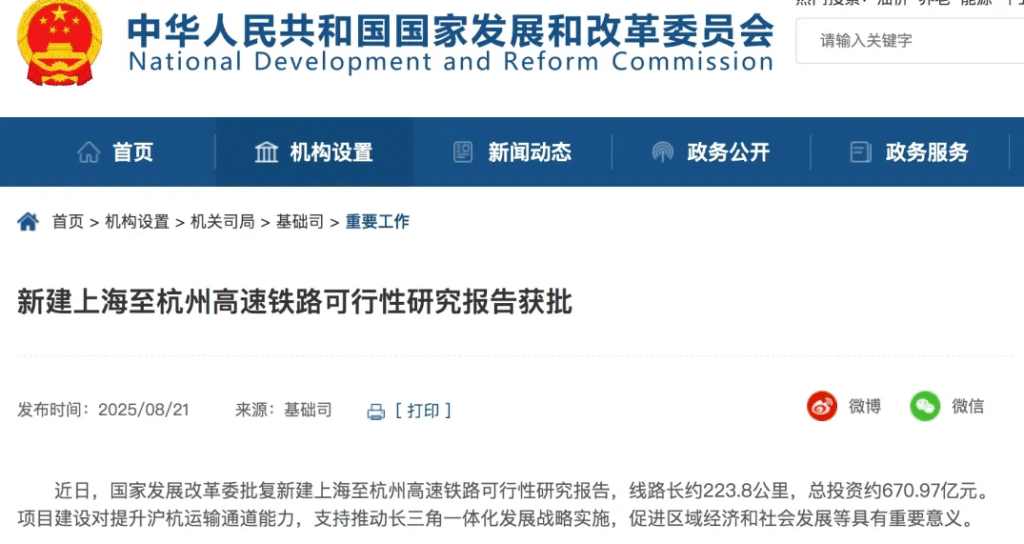When we think of the semiconductor industry, the first thing that comes to mind is often the notion of “technology bottlenecks” or “supply disruptions,” both of which can be quite unsettling. However, a recent perspective shared by Chinese physicist Dr. Yin Zhiyao has sparked considerable discussion. He pointed out that “most of America’s chip experts are Chinese.” This insight has left many wondering: Just how significant is the contribution of Chinese talent in the field of semiconductors?
The Chinese Talent Factor in the Chip Industry
Dr. Yin Zhiyao is no stranger to the semiconductor industry. Having spent decades working in this field, he has met and collaborated with numerous experts. His statement about the predominance of Chinese experts in America’s chip sector is not an idle claim but one grounded in years of experience and firsthand knowledge.
Chip development is an incredibly technical and labor-intensive field, requiring experts with deep knowledge and experience. The fact that China has produced so many brilliant individuals who have made significant contributions to this industry, even abroad, speaks volumes about the quality of Chinese talent in scientific research.
The Advantage of China’s Talent Pool: A Global Comparison
Professor Qiu Zhenhai, 63, recently spoke about talent selection in both China and the U.S. He pointed out that “China selects talent from 1.4 billion people, while the U.S. selects from over 7 billion.” At first glance, this may seem like a simple observation, but it reveals a deep truth about the ways in which both countries approach talent acquisition.
The U.S., with its global influence and high standard of living, has the ability to attract talent from all corners of the world. This broad talent pool gives the U.S. a significant advantage in research and development. In contrast, China faces the challenge of selecting top talent from a much larger population. But, as Professor Qiu suggests, this can be a strength rather than a limitation.
China’s Growing Talent Pool and Increased Investment in the Chip Sector
In recent years, China has placed increasing emphasis on education, and the results are showing. With a population of over 1.4 billion, the country is producing a growing number of top-notch graduates, especially in the fields of science and technology. For example, many chip companies actively recruit fresh graduates from Chinese universities, where students in relevant fields are highly sought after.
Moreover, China’s government has significantly boosted investments in the semiconductor sector. Local governments are offering incentives such as housing subsidies and research funding to attract talent. This is all part of a broader strategy to strengthen the country’s chip industry and reduce reliance on foreign technology.
Domestic Companies Making Strides: Huawei’s HiSilicon and the Road to Innovation
China’s chip companies, such as Huawei’s HiSilicon, are making significant strides in research and development. Despite facing numerous challenges, HiSilicon has made notable breakthroughs in chip design and production. These advancements are a direct result of years of hard work and substantial investment, underscoring China’s potential to rise in the global semiconductor race.
The growing number of Chinese semiconductor companies and research institutions, combined with the influx of talent, positions China to make significant headway in this critical industry.
The Return of Overseas Talent: A New Era for China’s Chip Industry
Another noteworthy trend is the return of Chinese talent from overseas. In the past, many talented Chinese scientists and engineers sought opportunities abroad. However, in recent years, a growing number of these professionals have decided to return to China, bringing with them advanced knowledge, cutting-edge technology, and valuable experience. This influx of returnees is injecting new energy into China’s chip sector.
The primary reasons for this shift are the rapidly improving opportunities in China’s technology sector and a shared desire among these professionals to contribute to their home country’s growth. These returnees are playing a key role in advancing China’s semiconductor capabilities, further enhancing the country’s talent pool.
The Road Ahead: Can China Surpass the U.S. in Chip Technology?
Despite the advantages that the U.S. has in terms of its talent pool and current leadership in chip technology, China is not without its own strengths. With a large and growing talent base, increasing investment in research and development, and a renewed focus on domestic innovation, China is poised to make substantial gains in the chip industry.
Looking at the example of 5G, China was once behind in this field but managed to close the gap and eventually take the lead. With continued investment in R&D, strategic government support, and a focus on overcoming technical challenges, there is no reason why China cannot do the same in the semiconductor sector.
How Long Will It Take for China to Catch Up in Semiconductor Technology?
The big question remains: how long will it take for China to surpass the U.S. in semiconductor technology? Given the country’s current trajectory—its growing pool of talent, increasing investment, and expanding capabilities—the timeline for a breakthrough could be shorter than many think. The future of China’s chip industry looks promising, and its progress will likely continue to accelerate in the coming years.
References
- Yin Zhiyao, Semiconductor Industry Expert, Personal Statement
- Qiu Zhenhai, Professor of Physics, Public Lecture on Talent Selection in China and the U.S.
- Huawei HiSilicon Annual Report, 2025
- China’s Semiconductor Industry Progress: A Government Perspective



